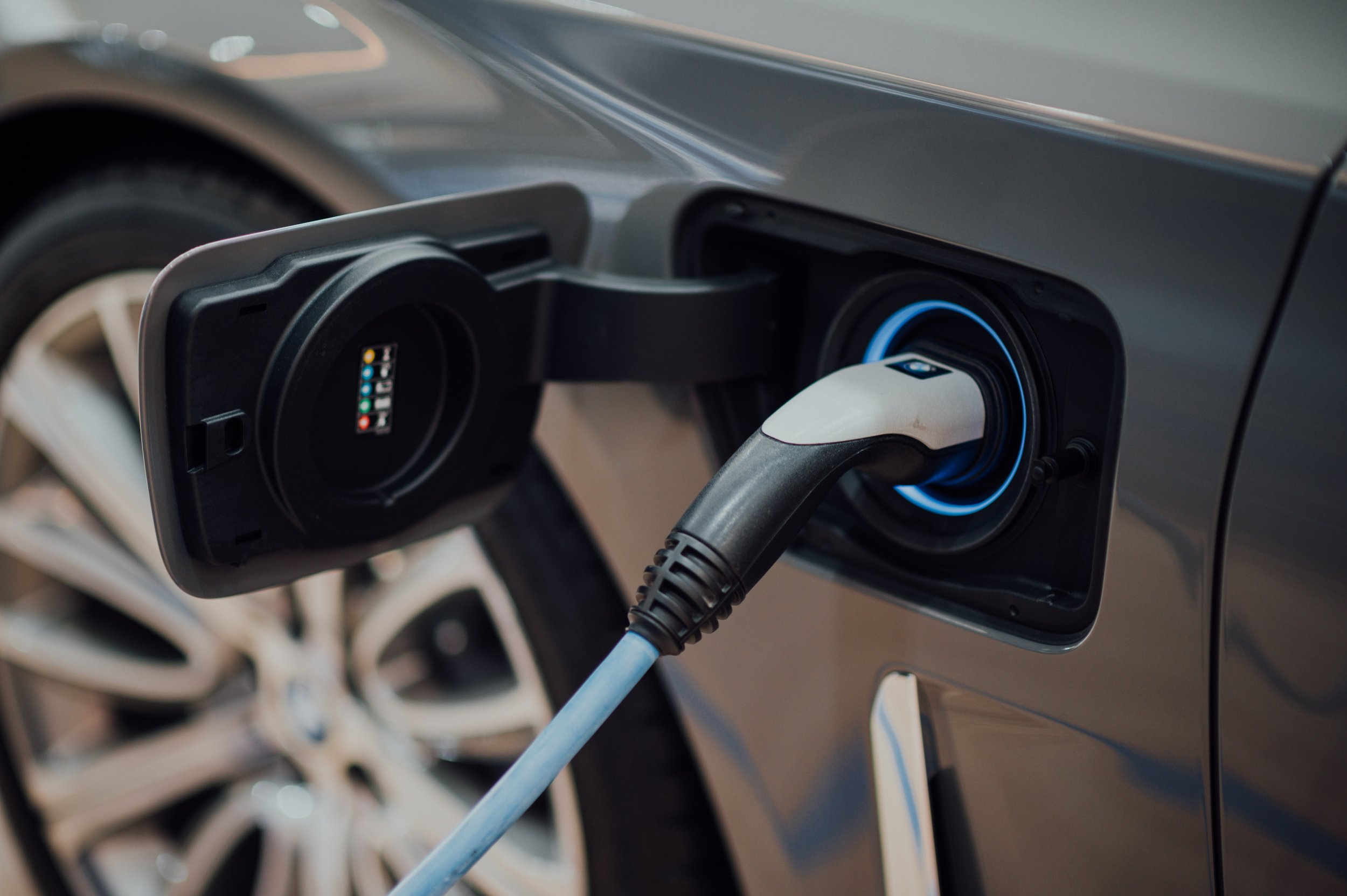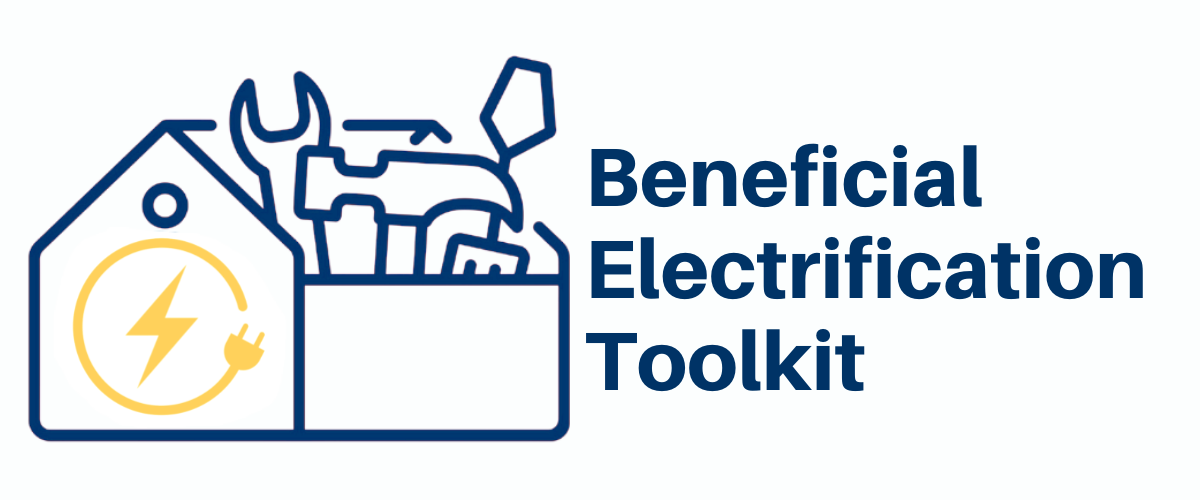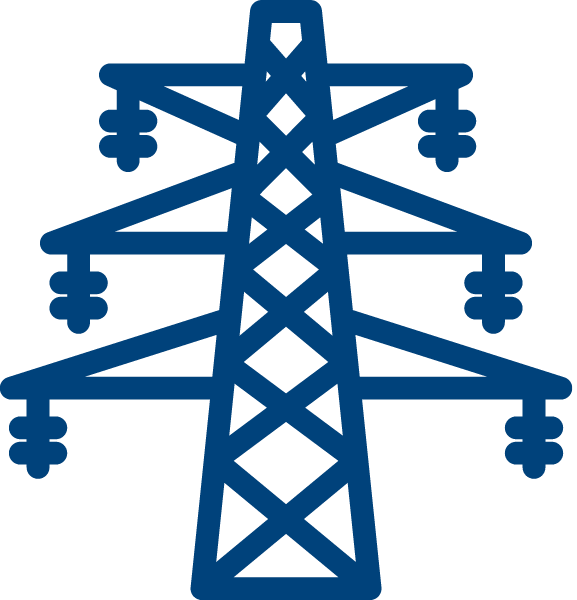
Battery Storage
Distributed Power
Plunging battery costs are enabling cost-effective options for distributed storage for both utilities and customers. New possibilities are available for residential, commercial, and utility-scale storage projects in stationary and mobile form. This offers unprecedented options for or grid flexibility to consumers and utilities.
Fundamentally, battery energy storage systems (BESS) store electricity for later use. BESS can be recharged with electricity from the grid or from on-site renewably generated electricity. Whether used at home, for a business, or to support a utility, BESS offers a compelling opportunity to fortify the grid while serving customer and utility alike.
Utility Benefit of BESS
Storage is a new class of asset for America’s rural electric utilities. Utilities can benefit from BESS in a few key ways:
Reduce peak demand charges
Encourage demand response
To support load shifting
Promote a more resilient grid
As a means to further integrate renewables
Cost benefits can be achieved by BESS through aggregations of virtual power plants and/or vehicle-to-grid or vehicle-to-building to meet peak energy needs. This approach is especially helpful to utilities when wholesale power is more expensive or when the grid is temporarily down. Batteries can be charged with electricity that would otherwise be wasted, which is a form of load shifting. At times of very high demand, utilities can draw down stored energy and avoid the need to purchase or generate electricity when it is most expensive.
With battery storage, expanding time-of-use (TOU) or dynamic rates can reduce wholesale power costs by minimizing the utility’s expensive peak demand charges. This can provide significant savings for both customers and utilities while improving resilience against storms and other emergencies.
Dispatchable Electricity
Distributed battery energy storage systems attached to buildings can provide valuable grid services to utilities and co-ops. When BESS are tied to the grid they can serve as dispatchable reserves of power that can be sent to the grid. Battery storage devices can absorb excess clean energy generated by solar panels during the mid-day hours when the sun is strongest. Distributed battery storage reduces the need for peaker natural gas power plants, which lower carbon emissions overall. This enhances resilience, reduces curtailment, and lowers emissions by better integrating renewable energy into the grid.
Saving Utilities and Customers Money
Combined utility-scale solar and storage. Photo Credit: New Hampshire Electric Cooperative
As a result of BESS, utilities can save energy through reduced demand charges, avoided outage costs, and the reduced need to purchase expensive power from the market, or from generation and transmission (G&T) co-ops, or build expensive natural gas-powered peaker plants. Extreme weather events have caused G&T’s demand charges to rise in parts of the country where demand was not historically expensive. Using electric storage for resilient emergency backup power can provide mutual benefits to the grid and ratepayers by lowering energy costs and facilitating energy demand management.
Centralized utility-scale batteries can benefit the customer, utility, and the grid by building resilience in the distribution system, especially as the distance to a substation increases or a feeder is nearing capacity. In 2021, the New Hampshire Electric Cooperative completed a 2.45 MW storage facility, complemented with a 2 MW solar array. The project is designed to mitigate peak demand periods, with the co-op estimating that it will save members more than $2 million over the next decade.
BESS can also help utilities defer major grid investments as there is less need to build out transmission lines to move energy that is now generated locally through solar panels and storage locally with battery storage devices. With less power relying on transmission lines, BESS alleviates the crunch on the transmission side and boosts reliability.
Utilities can find funding for residential storage programs through federal opportunities like the Rural Energy Savings Program (RESP) which can allow for customers or members to use on-bill financing through the utility. This means participants can pay back their investment on their monthly power bill. This is another example of how on-bill financing projects like this are excellent tools for utilities and ratepayers to pursue beneficial electrification projects. These projects can be modest in size while still delivering a great benefit to participating households.
For utilities, BESS is like a Swiss army knife as it helps lower utilities’ demand charges by discharging cheap stored energy during the evening hours when the demand for electricity is greatest and the prices are highest. These grid actions are called peak shaving as the daily or monthly demand peak is shaved by using stored clean energy. Peak shaving capabilities help smooth out the daily load curve and keep polluting peaker plants offline during high energy demand periods as batteries dispatch stored clean energy into the grid. Both these actions help utilities reduce demand changes, lowering energy costs that can be passed on to members.
Large Mobile Storage
Each variation of storage can carry advantages to benefit the utility by adding flexibility and grid durability. Beyond stationary battery projects, utilities can consider supporting the electrification of fleet vehicles which can serve both the utility and customer. Electrifying school buses and using their batteries for vehicle-to-grid (V2G) is already catching the attention of electric cooperatives.
Electric school buses from Thomas Built, Lion, and Bluebird, Green Power, IC bus, BYD and Micro Bird offer V2G capabilities to provide peak capacity and backup power for schools or community buildings as a resilience resource.
Federal funding is available to rural utilities for stationary storage and bi-directional charging infrastructure.
See Section 4: Funding of the Toolkit to find out more.
Peace of Mind For Customers
Customer battery explainer. Image Credit: Rappahannock Electric Cooperative
At home or in the business, customers can install battery storage to store electricity and maintain power during outages, increasing resiliency and further reducing demand spikes, especially from commercial customers.
Thinking Ahead
Emergency preparedness is at the heart of backup power. Storage may be installed to help residential and business customers across a service territory, but it can be especially helpful to centralize battery backup for vulnerable community members in times of emergency. Installations located in gathering places like schools, places of worship, or community centers can serve many people. Utilities prone to heat waves, floods, winter storms, and other natural disasters that may cause blackouts can serve themselves and their customers through stationary storage.
Stationary or mobile storage (V2X) can improve people’s quality of life by keeping the lights on during outages and providing power to critical loads. This offers peace of mind to know a freezer’s contents won’t be lost or one won’t be searching for candles and flashlights during an outage. This benefit is more pronounced in rural areas where outages may be more common and the consequences of being without HVAC, light or other amenities can be higher.
Customers who have adopted electric vehicles–essentially batteries on wheels–can realize many of the same benefits as utility-scale BESS. Electric vehicles offer battery storage capacities from around 60kWh for a smaller car to 220 kWh for a full-size pickup. This is 5-20 times the capacity of a standard home battery system.
As electric trucks and SUVs are hitting the market with larger batteries, these batteries could provide backup power via vehicle-to-home (V2H) technology, which includes a current transformer meter and a bidirectional charger. Similarly, Vehicle-to-load (V2L) offers a way for EVs to become an energy storage multi-tool. With V2L, drivers can use their EV’s battery bank and associated accompanying outlets for on-the-road electrical appliance and tool use. Finally, vehicle-to-grid (V2G) is poised to benefit utilities that seek to network plugged-in EVs as distributed generation sources available during peak demand.
Reducing On-Site Emissions
The typical diesel backup generator emits 2.15 times more CO2 than the average of the U.S. grid, according to one engineering analysis. Diesel generator exhaust also contains high levels of particulate matter, nitrogen oxides, and many other pollutants. These emissions are high-risk factors for respiratory illnesses and heart disease, particularly for those in the immediate vicinity of the generator.
Battery backup power offers an emission-free alternative when the grid goes out. This would be especially beneficial at schools, nursing homes, hospitals, and other sites serving vulnerable populations. For job sites that rely on generators on a daily basis, moving to battery-based systems would improve worker health while also reducing noise and other occupational safety hazards.
Market Outlook
Gigawatt Growth
The United States is poised to remain a leader in battery technology for both stationary and transportation applications. From 2018 to 2023, the United States saw an approximate growth of 1300% for installed stationary storage projects. National installed battery capacity has already reached upwards of 15 gigawatts!
This phenomenal growth is due to the rapid decrease in dollars per kWh. When averaged across the nation, battery storage costs have steadily dropped from over $2,000/kWh in 2015 to just over $500/kWh in 2023. Residential, commercial and utility battery storage will continue to benefit the broader energy transition towards beneficial electrification.
Shifting Chemistries
Fleet vehicles and standard range consumer vehicles are shifting to lithium iron phosphate (LFP) because they’re less expensive than traditional nickel (and cobalt) based chemistries. For stationary storage applications LFP batteries also offer far more cycles (longer life) and can be cycled further away from 50% more regularly without degradation. Potential advances in sodium-ion batteries may fill an even more affordable category below the cost of LFP batteries.
Current batteries are based on lithium-ion based batteries. In the future, solid state anodes may appear in lithium based batteries to offer greater energy density and therefore range. These will most likely cost more initially and be used for longer range variants.
Additional Resources
Advanced Energy: Roanoke Electric Cooperative to Pilot Cutting-Edge Vehicle-to-Grid Technology
American Public Power Association: Public power utilities, others pursue vehicle-to-grid opportunities
Green Tech Media: From Pilot to Permanent: Green Mountain Power’s Home Battery Network Is Here to Stay
Green Mountain Power: GMP Beats New Peak, Delivers Bigger Customer Savings with Growing Network of Stored Energy
New Hampshire Electric Co-op: Battery Storage
Clean Energy Reviews: Bidirectional chargers explained - V2G vs V2H vs V2L
Clean Fleet Report: Vehicle-to-Grid: Utility Giant PG&E Gets Fast ROI from 190 Electric Trucks
PV Magazine: Vermont statehouse saves money, helps grid with battery backup system
US Energy Information Administration: Battery Storage in the United States: An Update on Market Trends
BloombergNEF: Global Energy Storage Market Set to Hit One Terawatt-Hour by 2030
Energy Information Agency: U.S. battery storage capacity expected to nearly double in 2024







